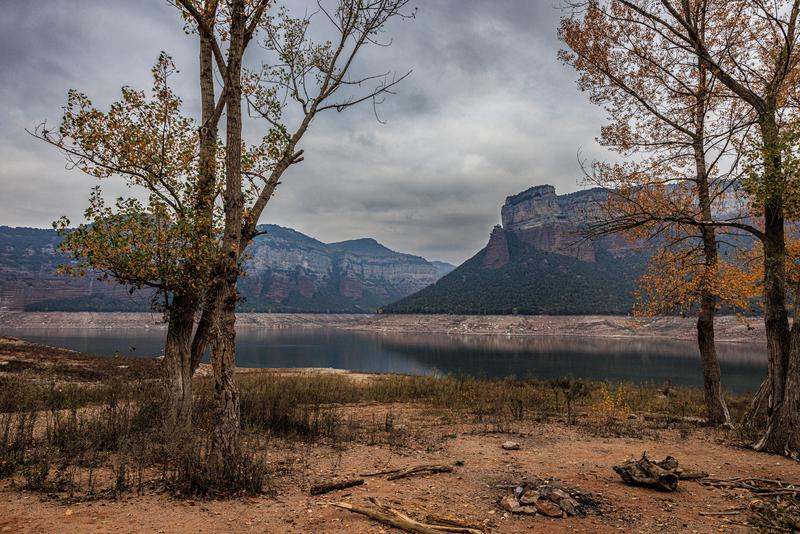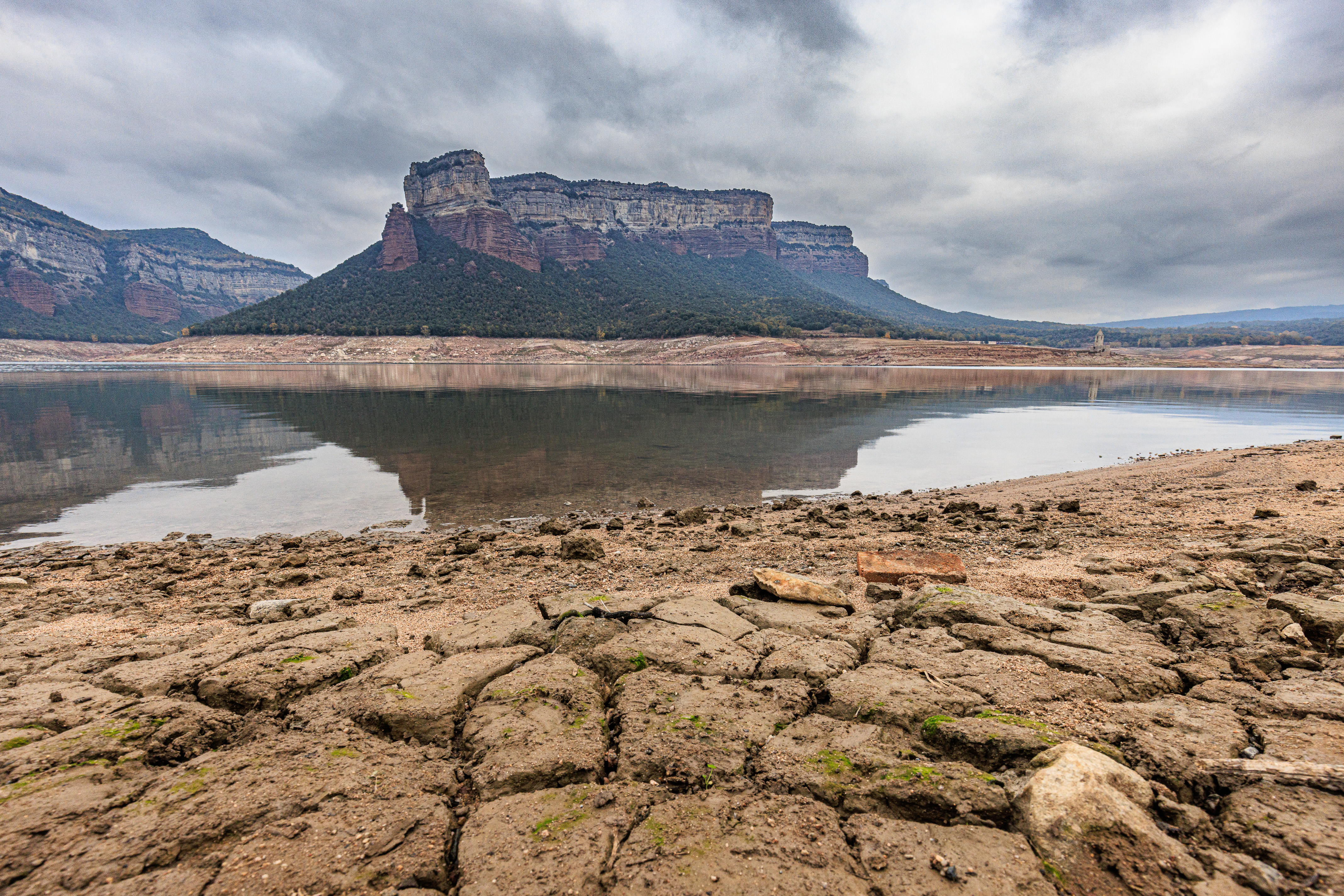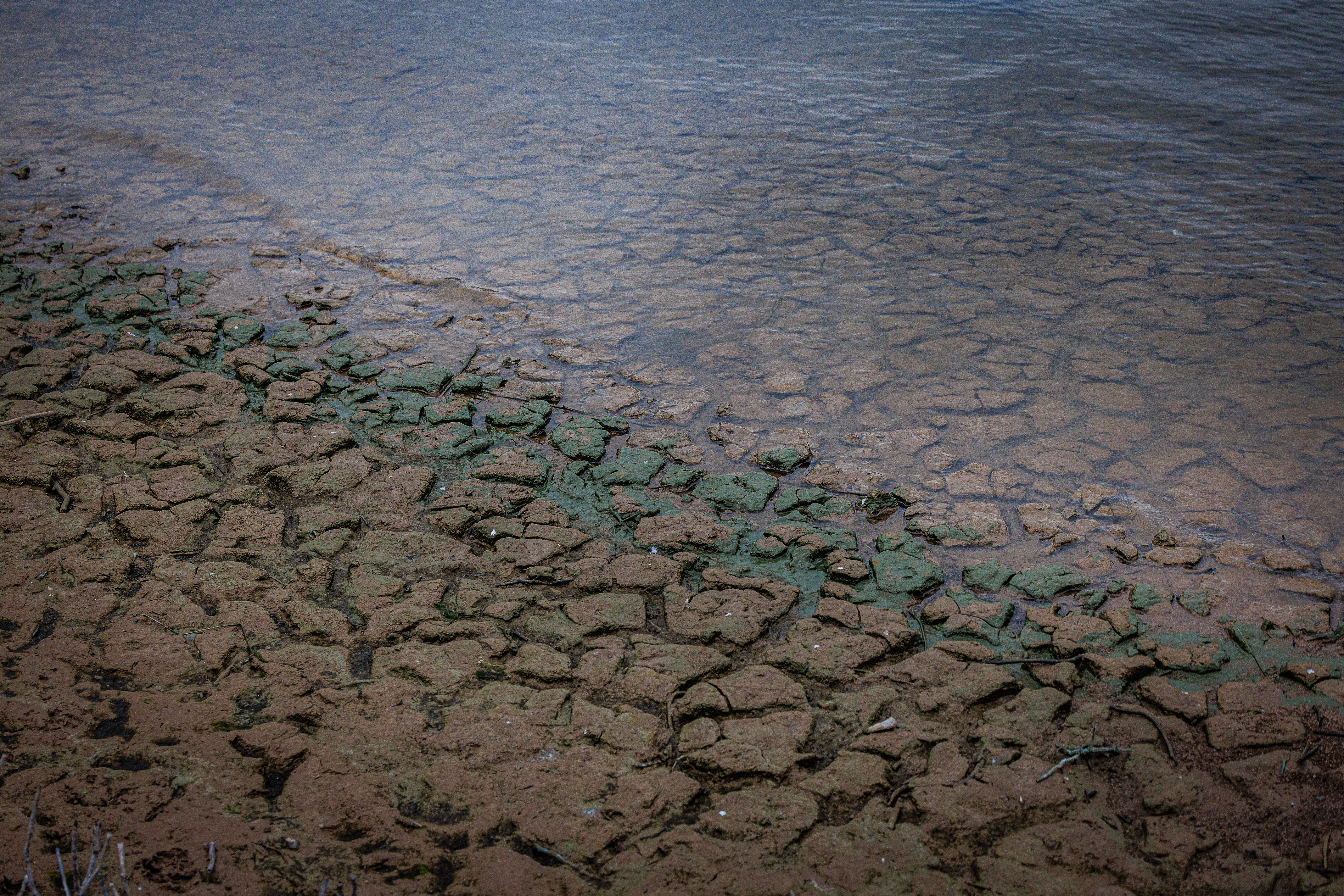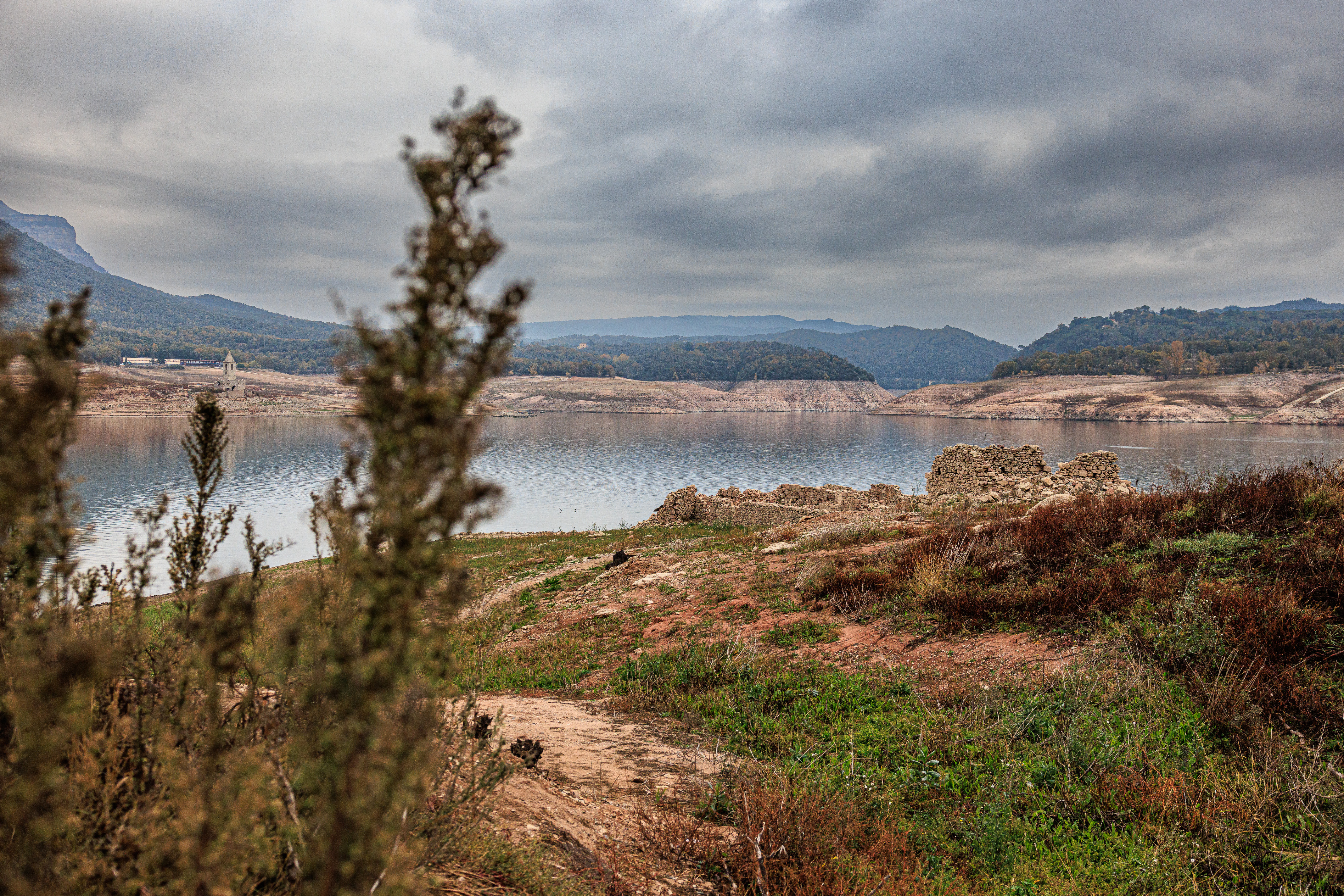Catalonia faces worst drought ever recorded, with no rain forecast any time soon
Territory in worse conditions than 2005-2008 episode, which lasted for 19 months

Catalonia is facing its worst drought ever recorded since 1916, when the first data was collected, as the Catalan meteorological agency has announced on Thursday.
The continued lack of rain, but also the size of the affected area, and the time span have made the situation worse compared to the drought seen in Catalonia between 2005 and 2008.
Back then, the episode lasted for 19 months, while the current drought has already been going on for 31 months.
"The situation, which makes the current episode worse, is that we do not expect any heavy rain to change it, either in the short or long term," the Director of the Catalan Meteorological Service Sarai Sarroca i Cervelló said.
"We would need a rainy episode that would leave Catalonia flooded under half a meter of water," she added.
Catalonia has registered 500mm less rain during the last three years, with the drought episode starting in the fall of 2020. Since then, there has not been a heavy rain episode that has brought enough precipitation to reverse the situation. Only Spring 2022 and Summer 2023 have been considered "normal" on a meteorological level.
The rest have been dry or extremely dry, the report from the Catalan meteorological agency reads.
Storm Gloria in January 2020 was the last storm with extremely heavy rain.

Barcelona on drought pre-emergency
The Catalan government is planning to declare a state of pre-emergency next week over the drought in the Ter-Llobregat supply system, which provides water to most of Catalonia, including the Barcelona metropolitan area.

The situation was already serious in September, but government officials were hopeful that it would rain in the fall, since it’s one of the wettest seasons of the year. However, there has not been enough rain, contributing to the rainfall deficit that Catalonia has accumulated since September 2021.
New measures in Barcelona
The water operator Aigües Barcelona expects that, in the coming days, more municipalities will enter phase 1 of drought emergency, which would mean new restrictions, and Barcelona is likely to be part of it. To prepare for this new scenario, the company has been carrying out pressure reduction tests in Barcelona's network for the last two months.
Barcelona has drastically reduced its reliance on reservoirs in the past few years. While in 2021, 85% of the water used in Barcelona and neighboring cities came from reservoirs, in 2023, that number went down to 50% as a result of desalination and groundwater extraction.
However, stricter water restrictions are likely to be imposed when the city enters the emergency phase. Residents will be limited to 200 liters of water per day, which could be achieved through water cuts or pressure reductions.
State of exceptionality
The Catalan government declared a state of exceptionality on October 31 due to the drought in 23 municipalities, including the counties of Berguedà, Solsonès and Ripollès (north-central Catalonia) that depend on the headwaters of the Llobregat river.
The state of exceptionality is orange on the government's five-step traffic light scale, one step away from the most serious scenario: a state of emergency.

At the moment, two areas are in a normal situation, two are in an alert, 11 are in a state of exceptionality and three are in a state of emergency.
The drought has also forced the closure of the Llanars hydroelectric plant in Ripollès, in the Pyrenees region, due to the lack of water in the Ter River. This is an exceptional situation. In fact, it had never happened since the company began keeping records in the 1990s; this year, it happened twice.